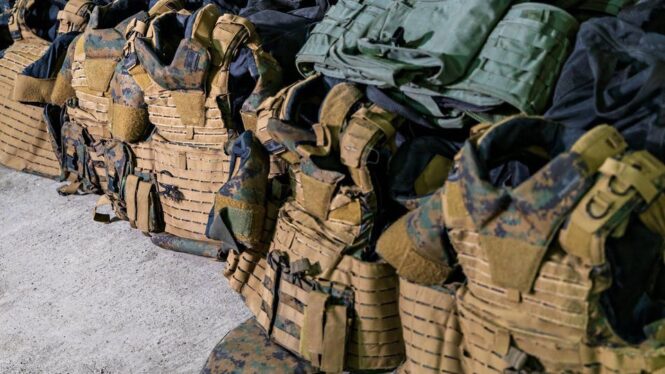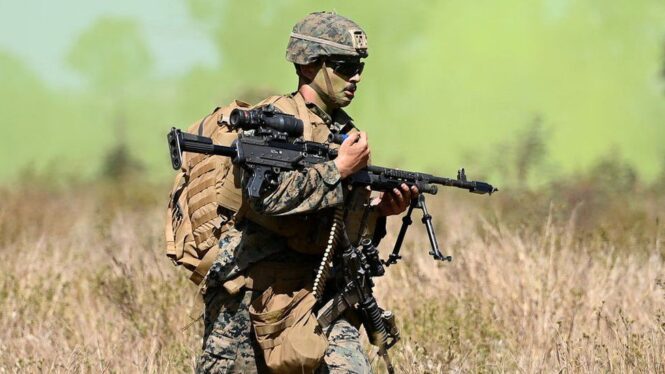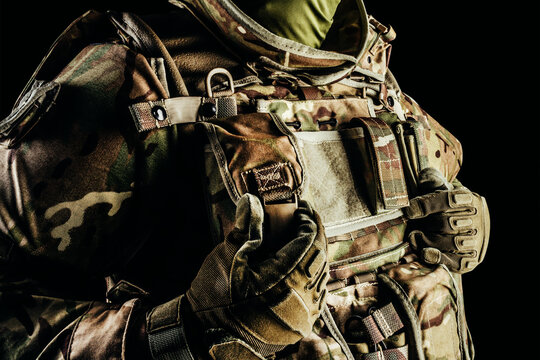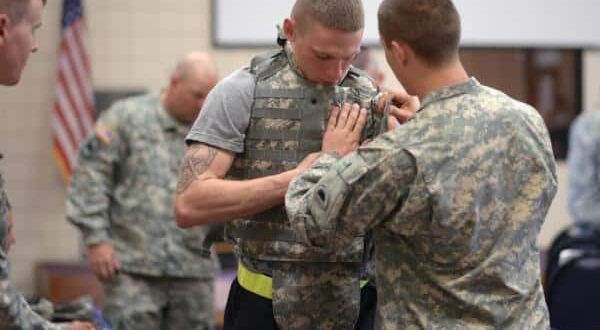Tactical body armor is a life-saving tool for personnel exposed to high-risk situations such as military combat or police operations. Providing crucial protection from lethal threats, these armors are designed for the practical and tactical considerations of the user.
In this article, we delve into the tactical application of body armor, illuminating its crucial role and utility in safeguarding those who ensure our security.
Body Armor: A Lifesaver

Body armor serves as an essential layer of defense for personnel operating in high-risk environments. These protective garments are specifically designed to shield the body’s vital organs from potential harm, such as bullets or shrapnel. There are several types of tactical body armor, ranging from vests to full-body suits, each carefully crafted to cater to various needs and roles. From law enforcement officers to military soldiers, the armor they don becomes a crucial element in their survival and performance on the field.
Tactical Body Armor Plate: The Ultimate Protection
Within the body armor system, a key component known as the tactical body armor plate plays an instrumental role in providing unparalleled protection. Typically constructed from ceramic or metal composite, this plate is engineered to halt or decelerate bullets effectively. These plates, snugly fitted into the armor, significantly enhance the level of protection, making them indispensable when firearms are involved.
Moreover, the tactical body armor plate is customizable, allowing it to be upgraded or replaced as required, catering to the ever-changing dynamics of battlefield situations.
Customization Options
Customization options for body armor allow for tailored solutions to meet individual user needs. Advanced design and manufacturing techniques enable adjustable features such as straps, harnesses, and modular attachments. These options provide the flexibility to optimize fit, comfort, and functionality based on specific mission requirements. Users can adapt their body armor configuration by adding or removing armor components, integrating specialized pouches or equipment, or adjusting the vest’s sizing for a personalized and ergonomic fit.
Customization enhances the versatility and adaptability of body armor, ensuring that it can meet the unique demands of different tactical scenarios. By tailoring the armor to individual preferences, professionals can optimize their mobility, accessibility to equipment, and overall comfort, enabling them to perform at their best while maintaining essential protection.
Importance of Proper Fit

The tactical effectiveness of body armor is deeply rooted in its fitting. Ill-fitted armor can either expose the wearer to unnecessary danger or limit their movement. As such, the armor must be precisely tailored to the wearer’s body size and shape, ensuring comprehensive protection without compromising agility.
Precise fitting ensures that the armor does not shift during movement, providing consistent coverage of vital organs and enhancing the wearer’s confidence in their protection.
Understanding Threat Levels
The selection of body armor is often guided by the level of threat involved. For instance, law enforcement officers may opt for lighter, concealable armor for daily patrols, while military personnel or S.W.A.T. teams may require full tactical body armor to withstand higher threat levels.
Recognizing the threat level and understanding the level of protection required for different scenarios is critical for optimizing the effectiveness and efficiency of body armor.
Maintaining Mobility
While the primary function of body armor is protection, it should not impede the wearer’s mobility. Maintaining mobility while donned in body armor is paramount, allowing the wearer to move, react, and execute tasks swiftly under demanding conditions. Thanks to technological advancements, modern body armor is designed to strike a balance between providing optimum protection and allowing maximum flexibility, thereby aiding personnel in their swift and tactical responses.
Regular Training and Familiarization
Getting accustomed to wearing body armor can take time. It alters the wearer’s movement dynamics and may require adaptation to perform tasks effectively. Regular training with body armor enables personnel to adapt to these changes, helping them understand how to move, aim, and take cover efficiently.
Frequent practice and familiarization with body armor can significantly improve their performance, ensuring they can react swiftly and effectively during real-world operations.
Tactical Maneuvers

Body armor plays a critical role in devising and executing tactical maneuvers. These maneuvers could include strategies for moving and positioning oneself effectively during a military operation or a law enforcement activity. The type of body armor worn can influence these strategies, as it dictates the wearer’s agility and the level of protection they possess. Therefore, when planning tactical maneuvers, the choice of body armor must be carefully considered.
In addition to this, body armor can also significantly impact the execution of these maneuvers. For example, in a military operation, the presence of high-quality body armor can allow personnel to move more fearlessly and strategically, knowing that they have robust protection.
This confidence in their protective gear can enable them to push boundaries and devise tactical maneuvers that are more daring and innovative. In a nutshell, the right body armor not only enhances the wearer’s physical protection but also broadens their strategic possibilities in high-risk situations.
Upkeep of Body Armor
Maintaining body armor is as important as wearing it. Regular checks and cleaning are essential to ensure the armor remains in top condition. Damaged or poorly maintained armor can compromise protection, so this step is critical.
Conclusion
The tactical application of body armor transcends its basic protective role—it is a pivotal part of strategy and survival for military and police personnel. By enhancing operational capabilities, body armor aids in the life-saving work these brave individuals perform daily. With the tactical body armor plate at its core, body armor provides an indispensable shield, ensuring the safety of those who risk their lives in the line of duty.
 Imagup General Magazine 2024
Imagup General Magazine 2024



